Israeli-Palestinian conflict spills over into letters and firings in the arts

- Share via
What a week. When I’m not watching Sam Bankman-Fried dig a hole for himself, I’m seeing Jenna Ellis cry. I’m Carolina A. Miranda, art and design columnist at the Los Angeles Times, and I’m here for courtroom drama and some essential arts news:
Israeli-Palestinian conflict roils culture
The news landed like a thunderbolt on social media late Thursday night: Zachary Small at the New York Times was reporting that Artforum editor in chief David Velasco had been fired following the publication of an open letter, on Oct. 19, in support of Palestinian liberation that did not initially include a condemnation of atrocities committed by Hamas. A statement published on Artforum’s website on Thursday evening, before Velasco’s firing became public, stated that the publication of the letter “was not consistent with Artforum’s editorial process,” lacking the “necessary context to make clear that it originated from outside the magazine.”
Velasco told Small in an email that he had no regrets: “I’m disappointed that a magazine that has always stood for freedom of speech and the voices of artists has bent to outside pressure.”
On Friday morning, Artforum associate editor Kate Sutton announced on X (formerly known as Twitter) that she was resigning from the magazine. “I am absolutely gutted,” she wrote, “but also proud of all that we were able to pull off these past five years.”
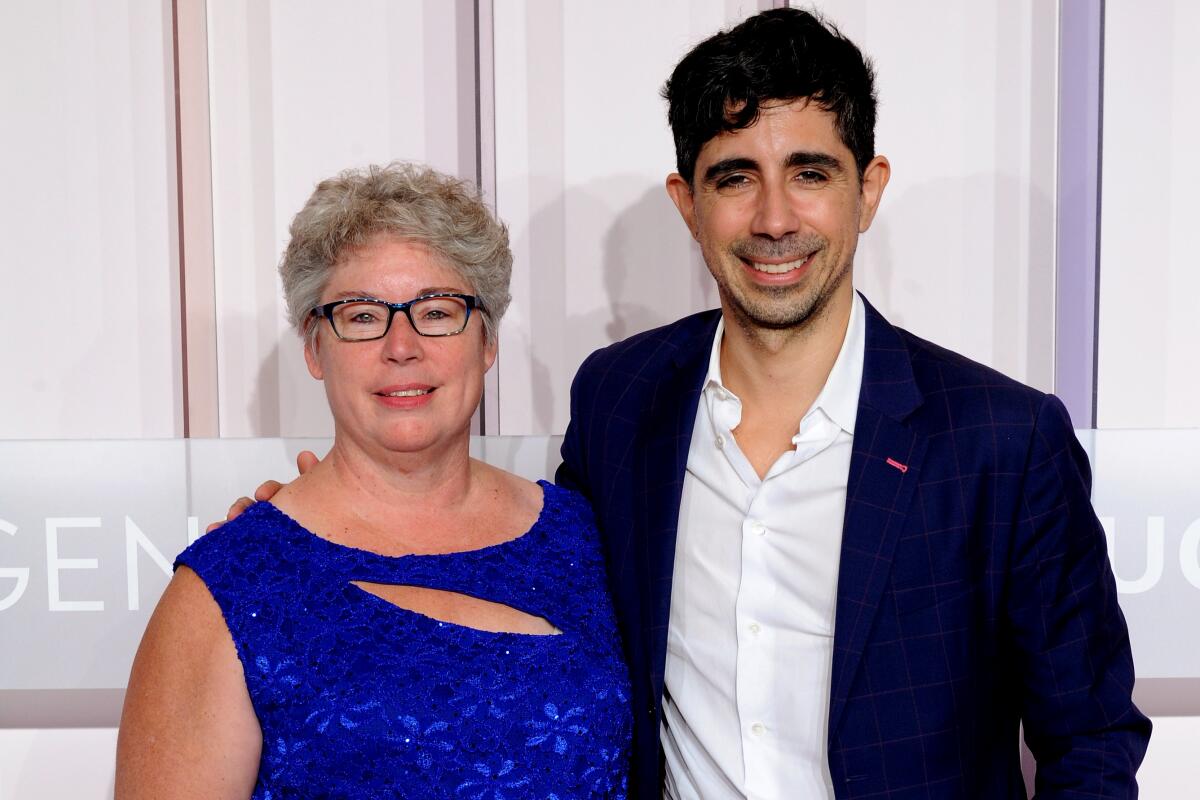
Shortly after the New York Times broke the news that Velasco had been removed, the Intercept published a separate report on how some collectors and gallerists had been pushing back against the artists’ letter. Among those reportedly opposing the petition were Martin Eisenberg, one of ARTnews magazine’s Top 200 Collectors for 2023 and son of Bed, Bath & Beyond founder Warren Heisenberg (also a collector). According to the report, Martin “began contacting famous art world figures on the list whose work he had championed to express his objections to the letter.”
Eisenberg did not give a statement to the Intercept, and the allegations in the story are anonymously sourced, but the report echoes another from Elaine Velie and Maya Pontone in Hyperallergic on Wednesday, in which numerous artists alleged retaliation over their support of the Palestinian cause. That same day, Jo Lawson-Tancred at Artnet reported that artists including Peter Doig, Joan Jonas and Tomás Saraceno had quietly withdrawn their support from the Oct.19 petition. Artist Katharina Grosse, who also withdrew her signature, made a public statement on the matter, noting that the omission of violence by Hamas had “created more hurt and confrontation, and so have I by signing it.”
Others have also published letters in response (it’s becoming difficult to keep track of the open letters). On Oct. 20, Artforum published a letter by gallerists Dominique Lévy, Bretty Gorvy and Amalia Dayan that decried the lack of acknowledgment of “the ongoing mass hostage emergency.” Two days later, a letter published by the online magazine Erev Rav (which at the time of writing has almost 2,900 signatures) was also critical of the omission, reasserting support for ending the violence in Gaza and liberating Palestinians but adding that “those who signed the [original] letter are dehumanizing all of those who live in Israel, the 9 million people who have a right to exist.”
Make the most of L.A.
Get our guide to events and happenings in the SoCal arts scene. In your inbox every Monday and Friday morning.
You may occasionally receive promotional content from the Los Angeles Times.
As the siege plays out in Gaza, a conflict is unfolding in cultural institutions, and it marks a divide not just between political factions but between artists and the institutions that support them.
On Monday, two artists accused El Museo del Barrio in New York City of removing their Día de los Muertos altar because it included a Palestinian flag. In a statement to Small at the New York Times, the museum said the artists “converted the altar from a religious and cultural symbol into a political statement.” Roy Baizan, one of the artists involved, told the reporter that the altar was always intended to be political. “We were commemorating lots of activists,” he said, “It was about saying that all our struggles are interconnected.”
This division extended across other fields last week. 92NY, an important New York cultural organization, halted its well-known literary series after it abruptly canceled an event by Pulitzer Prize-winning novelist Viet Thanh Nguyen. Nguyen had signed an open letter in the London Review of Books calling for a cease-fire and had reiterated his support of boycotting, divesting from and sanctioning Israel.
In Germany, the literary association Litprom canceled a celebration of work of award-winning Palestinian author Adania Shibli, generating another open letter — this one signed by more than 1,000 writers in support of Shibli. (Times books editor Boris Kachka and reporter Carlos De Lorea explain that whole controversy here.) And, in Los Angeles, the nonprofit Writers Bloc canceled an event by Nathan Thrall, author of “A Day in the Life of Abed Salama,” over concerns about holding it at a time in which “the community is deeply polarized.” (Kachka interviewed Thrall about his book tour just two weeks ago.)
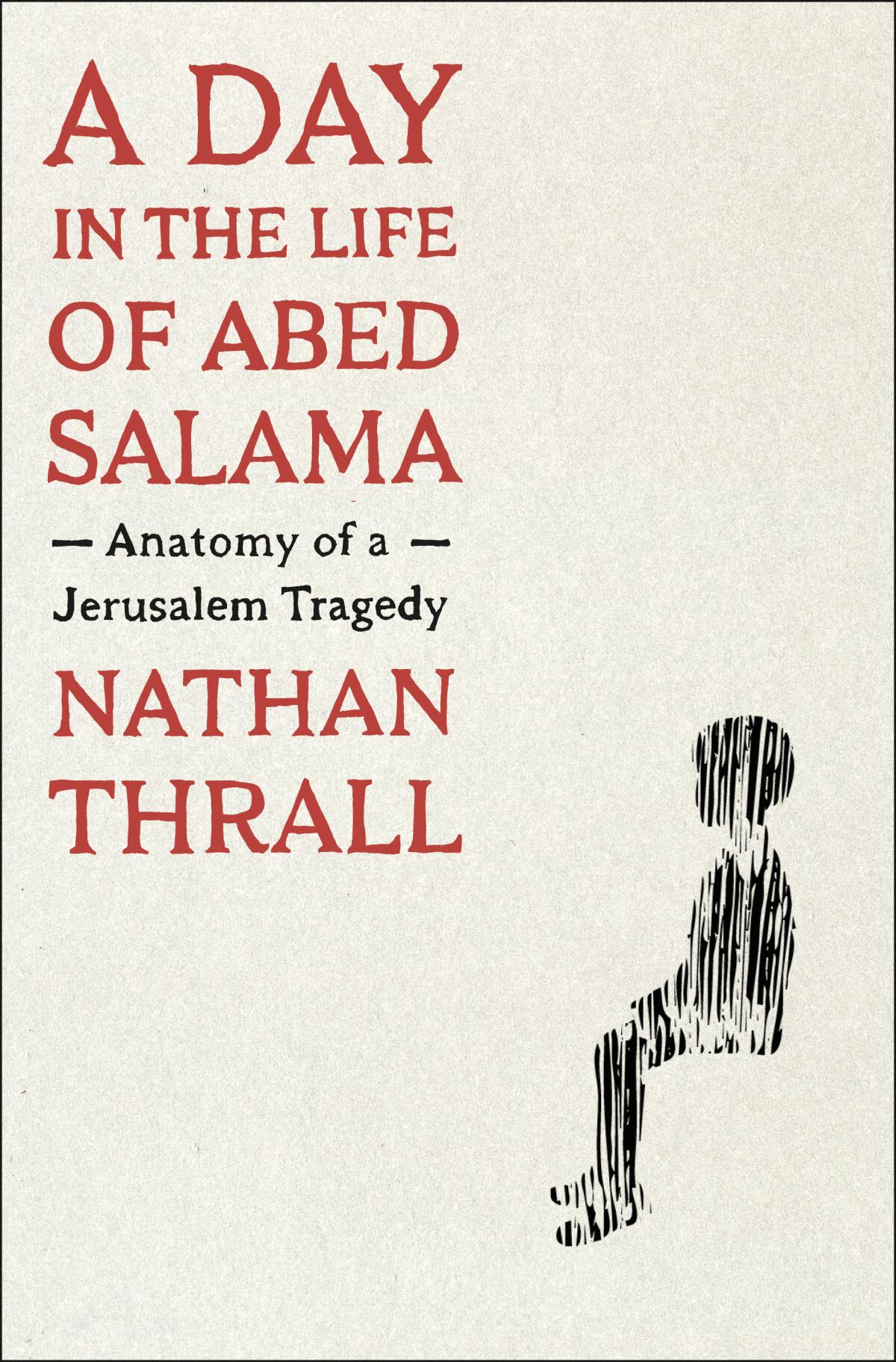
It’s a struggle over politics but also over language, context and how we even begin to talk about a complex, deep-rooted conflict in the social media age when politics is frequently reduced to the 240-character statement. (I’ve been struggling with this myself.) How do we resolve the conflict if we have trouble articulating it? How do we challenge a position without suppressing it?
Two smart essays published over the last 10 days explore those ideas.
The first, by Palestinian poet Hala Alyan, ran in the New York Times earlier this week: “I’m a poet, a writer, a psychologist,” she writes. “I’m deeply familiar with the importance of language. I’ve agonized over an em dash. I’ve spent afternoons muttering about the aptness of a verb. I pay attention to language, my own and others. Being Palestinian in this country — in many countries — is a numbing exercise in gauging where pockets of safety are, sussing out which friends, co-workers or acquaintances will be allies, which will stay silent. Who will speak.”
The other is by critic and theorist Judith Butler and was published in the London Review of Books. “I am also a Jew who lives with transgenerational trauma in the wake of atrocities committed against people like me. But they were also committed against people not like me. I do not have to identify with this face or that name in order to name the atrocity I see. Or, at least, I struggle not to.”
Language is critical. But so is the ability to speak. And institutions should be supporting discussion, not squelching it.
On and off the stage
At the Broadwater Main Stage, the Interact Theatre Company is staging a production of Aaron Posner’s “Life Sucks.” The play reimagines Chekhov’s “Uncle Vanya” — toying with plot points and character names and, at times, breaking the fourth wall, reports Times theater critic Charles McNulty. “But the basic storyline is the same and the essential Chekhovian angst over squandered potential and irretrievable loss is preserved.”
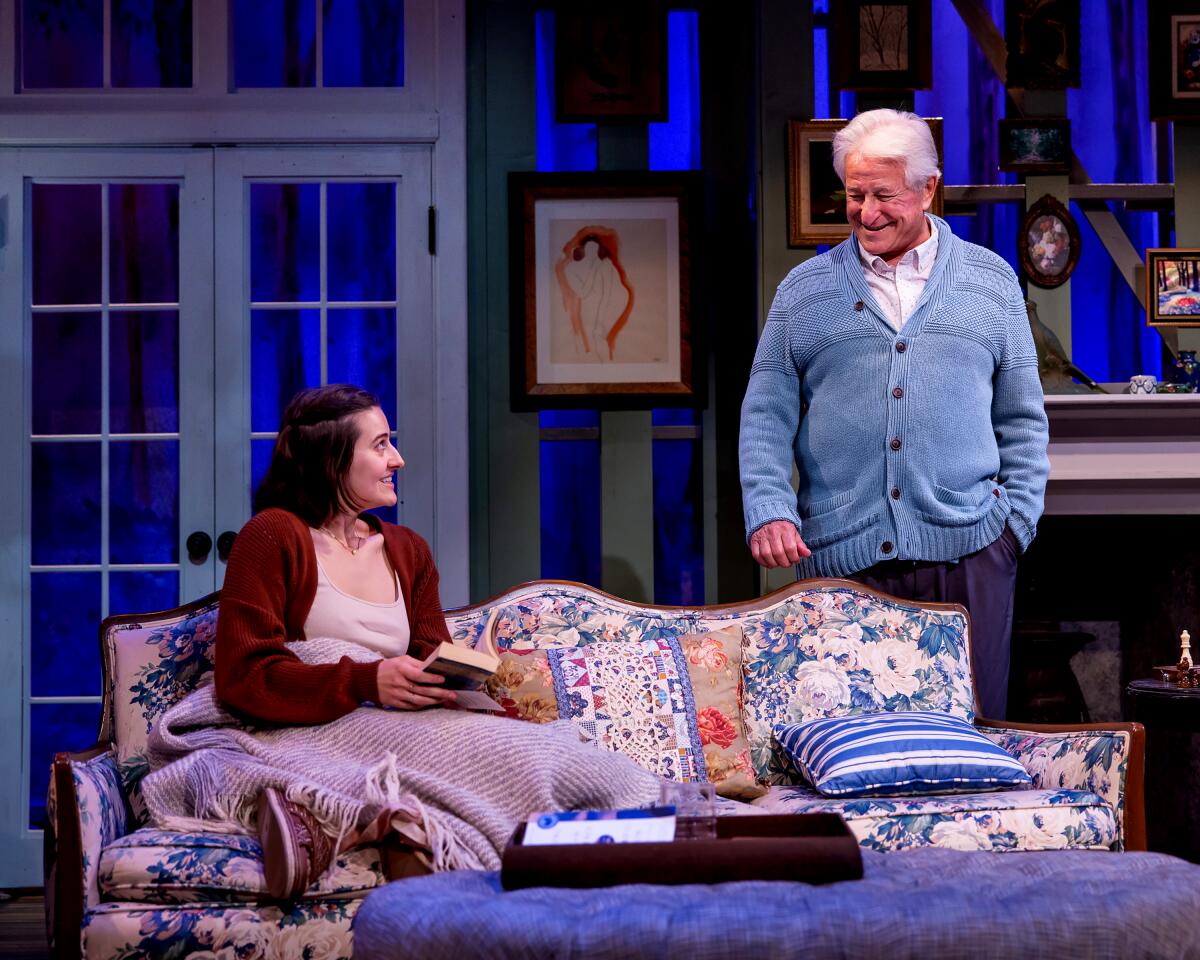
Anna Ouyang Moench’s “Birds of North America” is now on view at the Odyssey Theatre in a production directed by Peter Richards. This is “tight-focused, two character drama about a father and daughter who love each other but cannot reach each other,” writes McNulty. The staging had shortcomings and mishaps, but in the character of Caitlyn (played by Jacqueline Misaye), McNulty found some interesting layers.
In and out of the galleries
In a mural-sized video installation by Julian Charrière at Sean Kelly Gallery, writes Times art critic Christopher Knight, “blockbuster beauty and epic disaster intertwine.” Filmed at open pit mines and oil drilling sites rigged with fireworks, then projected forward and backward, the experience creates ‘a dizzying apocalypse of explosion and implosion.” Sounds like the art of the moment.
An overlooked map at an estate sale for Gordon and Ann Getty turned out to be very rare portolan chart (a type of nautical map) that dates to the 14th century. Acquired by La Jolla map dealer Alex Clausen, the map, reports my colleague Hannah Fry, may be the only complete 14th century portolan known to exist outside Europe.
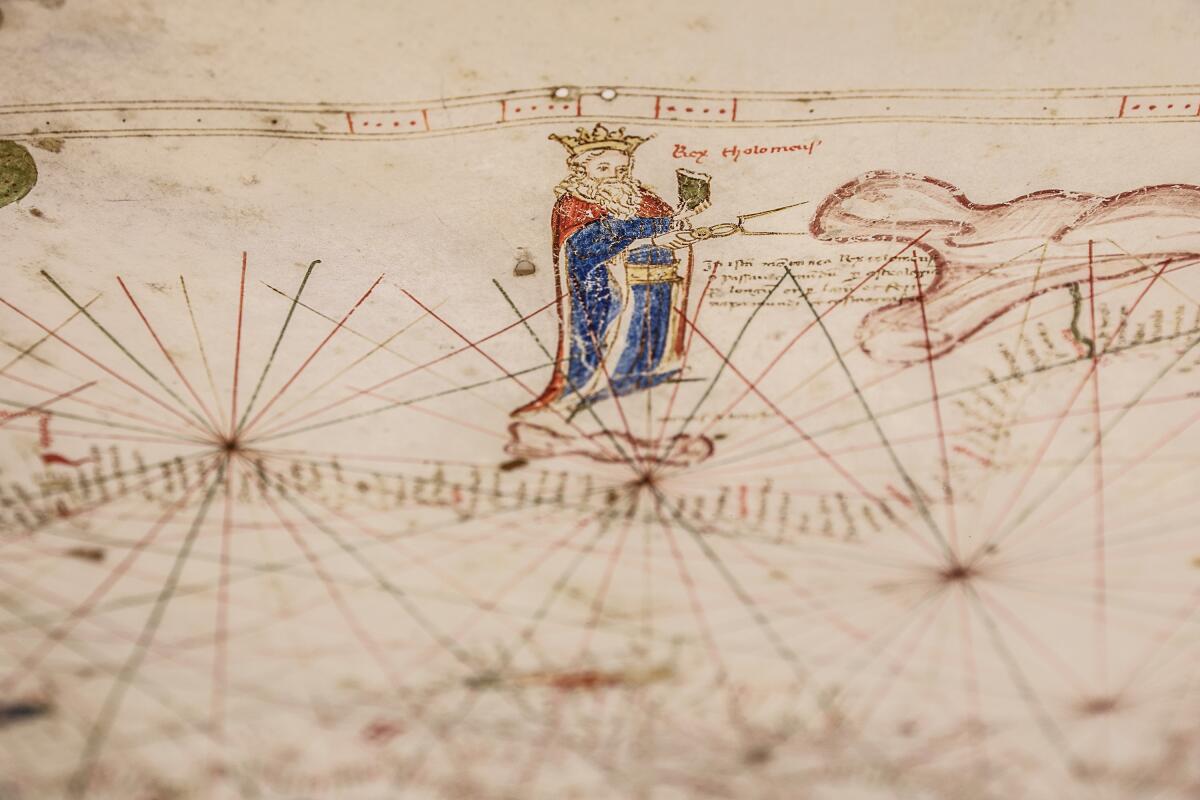
The statue of Robert E. Lee on horseback that stood at the heart of Charlottesville, Va. — a focus of white nationalist protests in 2017 — has been melted down into an ingot that reads “Swords into plowshares” by a pair of artists. Teo Armus and Hadley Green at the Washington Post have an absolutely remarkable story that includes video of the process.
The owner of a downtown building wanted to remove a popular mural of Kobe Bryant and his daughter Gianna to make way for advertising, but the portrait will now remain. Video game company 2K Games has reached a deal with the building’s owner to preserve it.
Design time
At the Huntington Library, a centuries-old Japanese shōya house has materialized in the gardens; The Times’ Jeannette Marantos has the story on how it got there. The home was donated to the museum by Akira and Yohko Yokoi, but it took $10 million and some creativity to get it to San Marino, which involved re-creating the roof’s silver-gray tiles.
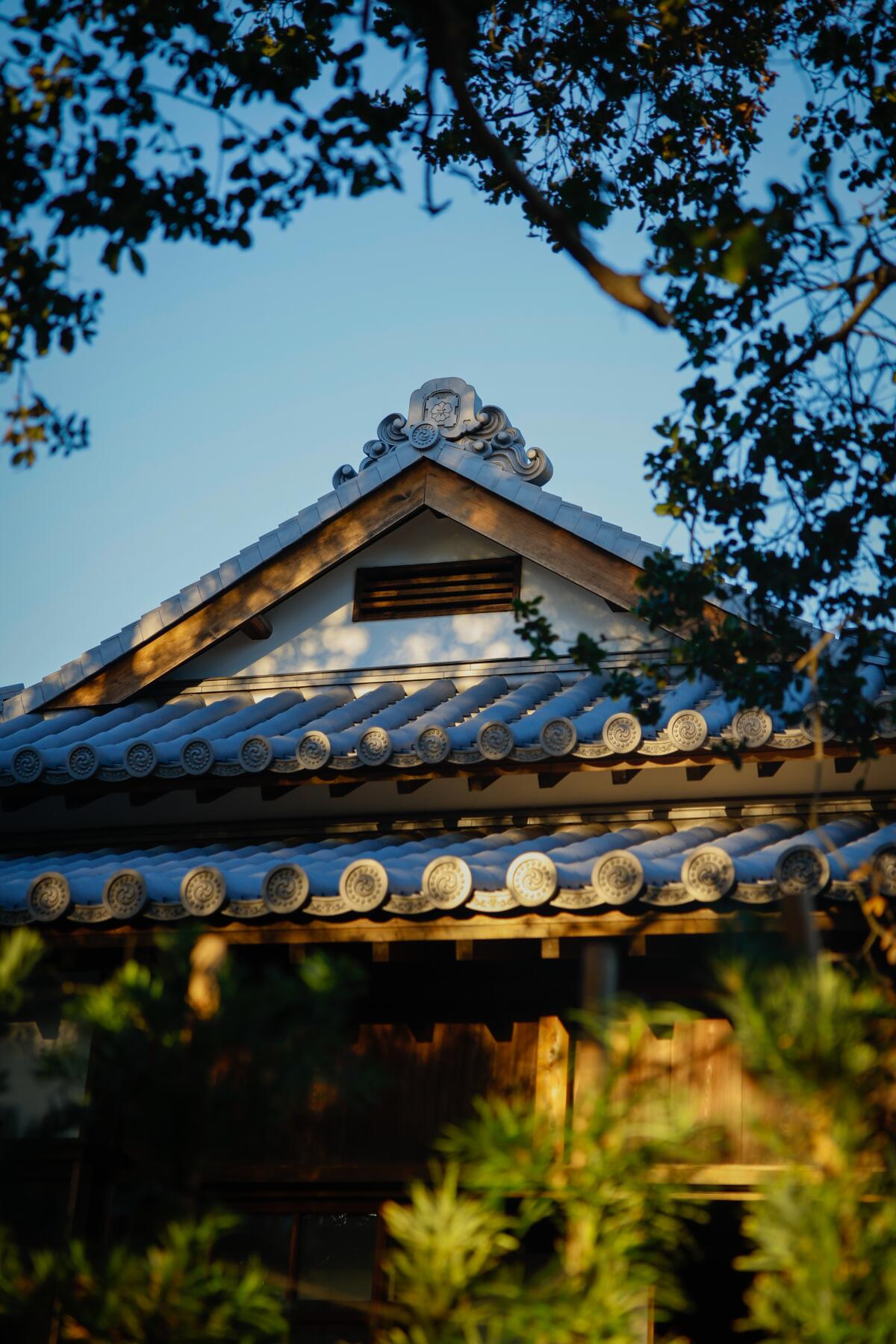
Moves
Artist Lauren Halsey has joined the artists represented by Gagosian, but David Kordanksy will continue to represent her in L.A.
David C. Howse has been named the new president of the California College of the Arts in San Francisco. He joins the institution from Emerson College in Boston, where he served as vice president, and succeeds Stephen Beale, who announced his retirement after 26 years at the school.
Enjoying this newsletter? Consider subscribing to the Los Angeles Times
Your support helps us deliver the news that matters most. Become a subscriber.
Thelma Golden, director of the Studio Museum in Harlem, has been named the 30th recipient of the Dorothy and Lillian Gish Prize, which comes with a $250,000 award.
The Open Society Foundations have announced their latest round of art fellowships. Recipients include Cannupa Hanska Luger, a member of the Mandan, Hidatsa and Arikara Nation — who served as co-director of the Industry’s 2020 opera “Sweet Land” — as well as visual artist Carolina Caycedo, an L.A.-based artist of Colombian heritage whose work often engages our environment.
Patricia Hill Collins, author of the influential 1990 tome “Black Feminist Thought,” has won the 2023 Berggruen Prize for Philosophy and Culture.
Passages
Robert Irwin, a pioneer of the Light and Space movement, whose room-sized installations toyed with the nature of perception, has died at 95. In his obituary, Christopher Knight relates the storied career of a figure whose inauspicious roots included early stints in the military and professional gambling. “Perception crystallized through light within the complex structure of a specific space, home to its merit and meaning,” he writes, “was the critical consequence of Irwin’s artistic practice.”
Lawrence Weschler once described Irwin’s “essential” project as “trying to get people to perceive how they perceive.”
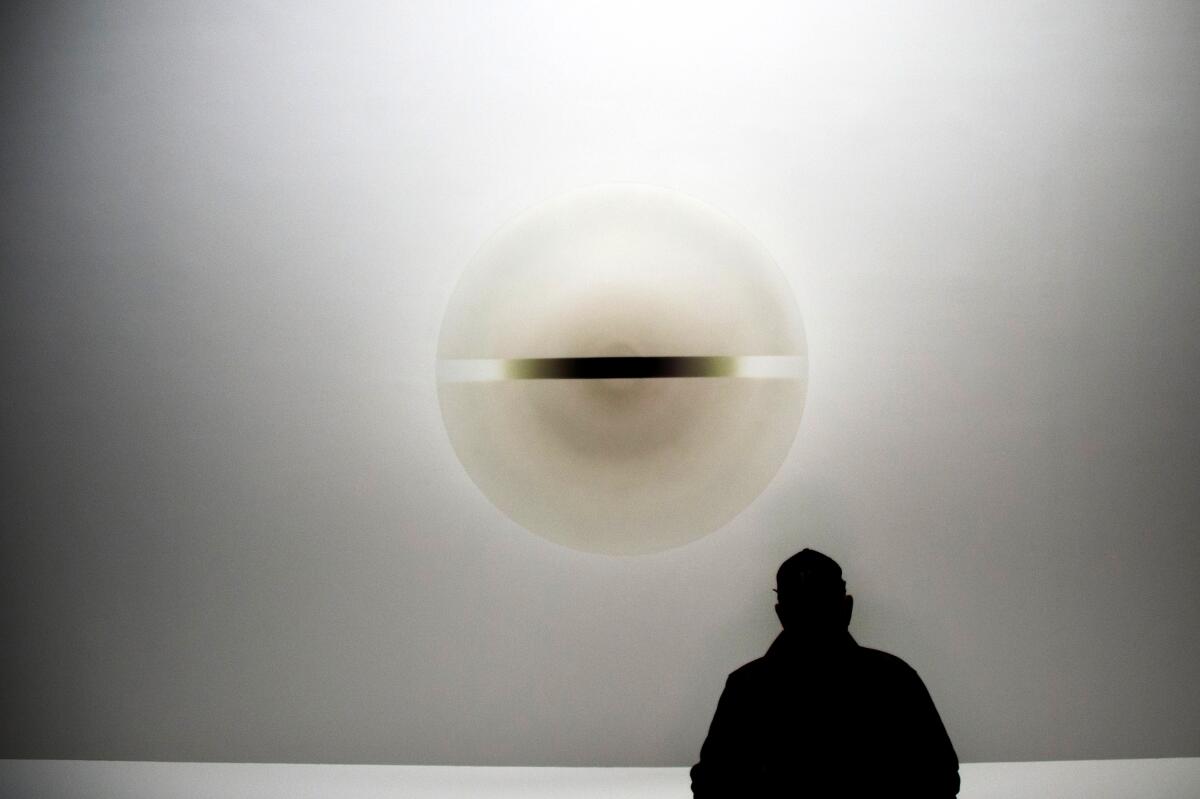
Painter Juanita McNeely, known for her dynamic, downright feral paintings of women’s bodies, some of which addressed her struggles with cancer and an abortion, has died at 87. An exhibition of her work at James Fuentes gallery in Hollywood has just been extended to Nov. 18; do not miss.
In the news
— An ailing Michael Tilson-Thomas led the San Francisco Symphony in a rendition of Beethoven’s “Ode to Joy” to heartfelt ovations.
— Pianist Yukie Nishimura held a concert in an area that had once been declared a no-go zone after the 2011 nuclear accident at Fukushima.
— The Church of St. Porphyrius in Gaza, built in the 12th century and considered one of the oldest Christian churches in the world, was hit by an Israeli airstrike last week — killing 18 and injuring at least 20.
— Teju Cole has a new novel that is very loosely inspired by the photography of Dawoud Bey.
— Very intrigued by this show of Remedios Varo‘s work at the Art Institute of Chicago. Debra Brehmer has a good write-up.
— Government funding for artists representing the U.S. at the Venice Biennale has not kept up with the cost of the show. For Jeffrey Gibson, the artist selected for next year’s Biennale, that means lots of fundraising in addition to artistic duties.
— In light of the tragic mass shooting in Lewiston, Maine, an interesting report on how the AR-15 came to be. Basically, it’s designed so that anyone, regardless of skill, can shoot and kill.
— How medieval marginalia got weird.
— Hyperallergic’s Rhea Nayyar writes about one of my favorite TikTokkers: Fungkiigrrl, whose surreal, retro mashups use architecture, music and other found imagery to wondrous effect.
And last but not least ...
Michelle Williams’ reading of the audio edition of Britney Spears’ memoir has been going viral. My favorite meme.
The biggest entertainment stories
Get our big stories about Hollywood, film, television, music, arts, culture and more right in your inbox as soon as they publish.
You may occasionally receive promotional content from the Los Angeles Times.




